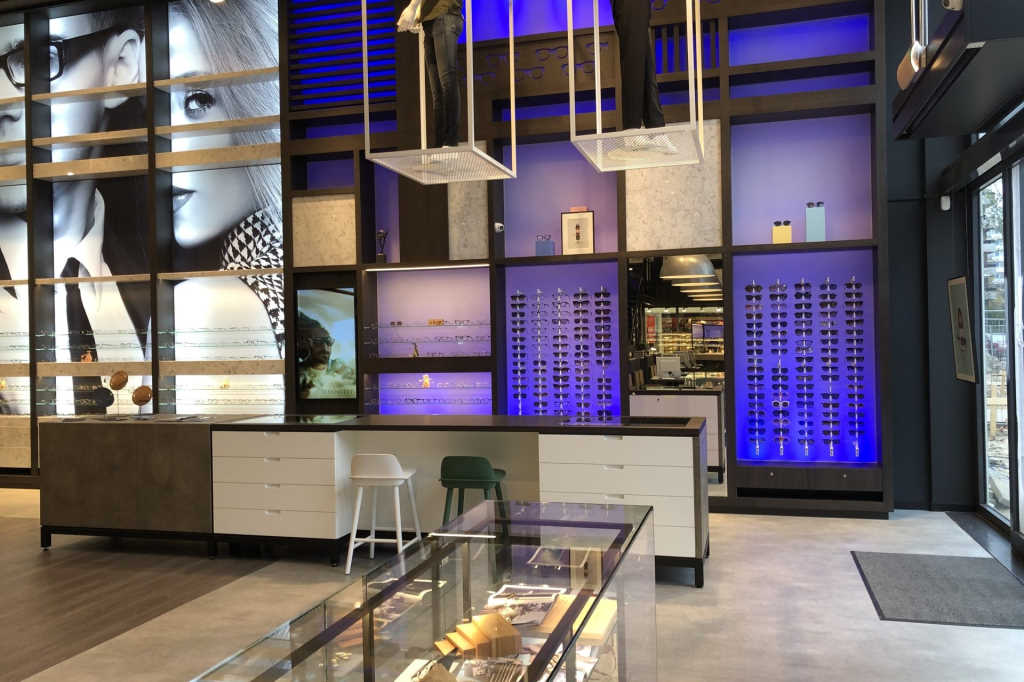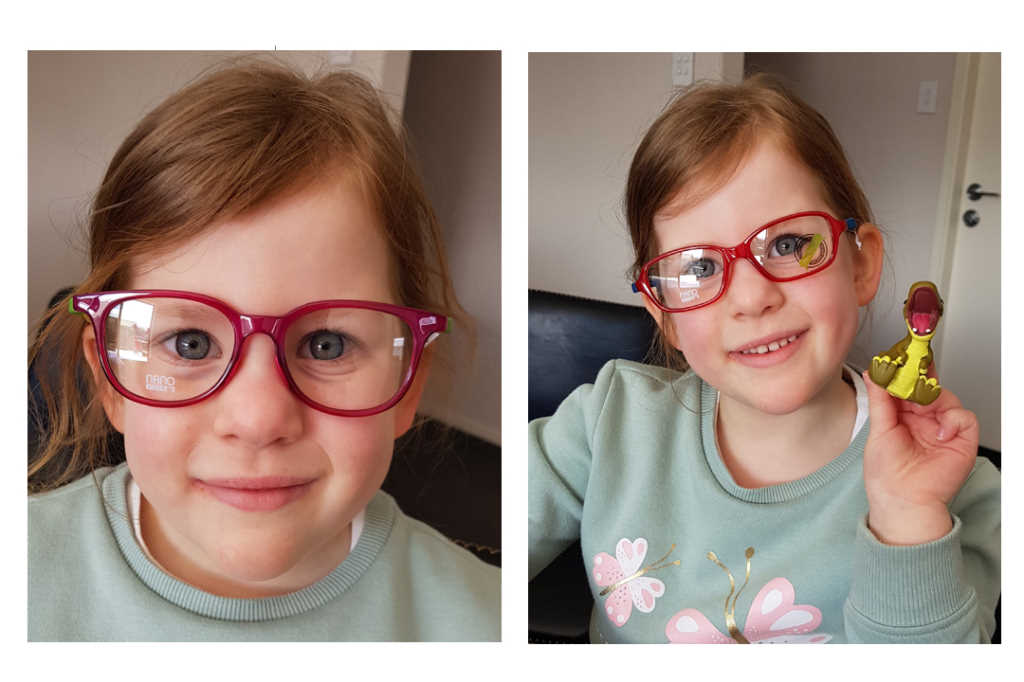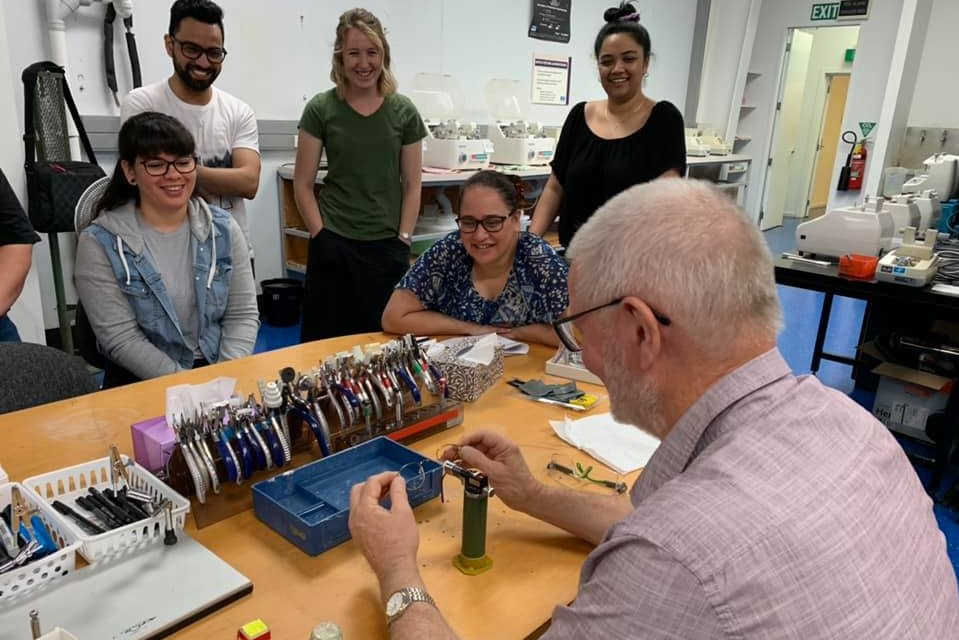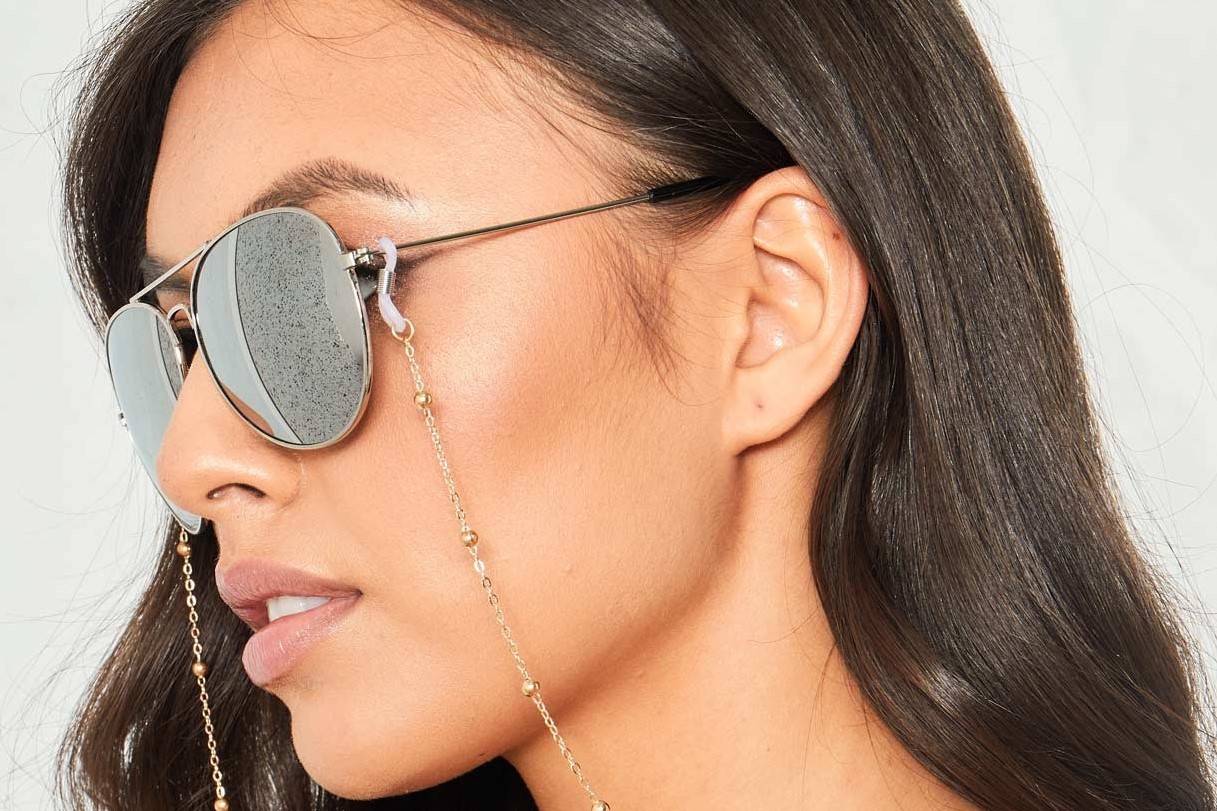Style eyes: Love thy frames
Glasses - some love them, some hate them. Some people feel they have no choice but to wear them because, well, they need them. I hated glasses when I was first told I needed them, back in 1996. Now I embrace them; I have so many pairs that I’ve lost count. One of the reasons I started blogging about eyewear eight years ago was the fact I disliked wearing glasses so much in the beginning.
So how did I learn to love my glasses? And what wisdom can I share that may help your customers feel at ease when picking their frames?
From personal experience as a customer, I wish my optometrist or dispensing optician would have taken the time and care to ease me into buying my glasses and helped make me feel beautiful in my specs! Here is my ‘customer’s wish list’:
1. Explain face shape. I had never worn glasses before 1996, so they were very alien to me. Explaining what shape your customer’s face is and what suits your customer is a good start. Do not always assume your customer knows what face shape they are. Not everyone takes that much notice.
2. Explain the process. For a customer who has never need prescription glasses, it is a good idea to explain the process. What do all the terms mean? Does their prescription restrict them from having a certain style? My prescription was pretty bad and thinner, affordable lenses weren’t readily available back in 1996. No one ever told me my lenses would be thick and, due to the way they curve, would not suit certain frames.
3. The materials. In 1996, I was just an ordinary consumer with no knowledge of eyewear. I never knew my nose was such an issue with acetate frames. I was not aware of different nose fittings or that most acetate frames do not cater to these. However, I only liked acetate frames, so I was forever being sold ill-fitting frames that were uncomfortable, unflattering. I never enjoyed wearing them or felt good in them.
4. The colours. I wish my dispensing optician would have stopped trying to sell me black frames. I am a colourful person in how I dress, so I like my eyewear to be the same. Always observe your customer and really take notice of how they are dressed. Ask them simple questions such as ‘what colours do you like’? Or ‘how do you want your eyewear to express who you are?’
5. The practicality. When I used to try glasses on, I remember the shop design really bugged me. Rows and rows of glasses stared at me and, in a tiny space between the rows, there was a mirror so I could how I looked wearing them. In theory, this sounds fine. However, it is quite difficult to try on glasses when you cannot see without them. You had to walk really close to the mirror to be able to see anything at all, but you couldn’t get too close or you’d bump into the rows of glasses.
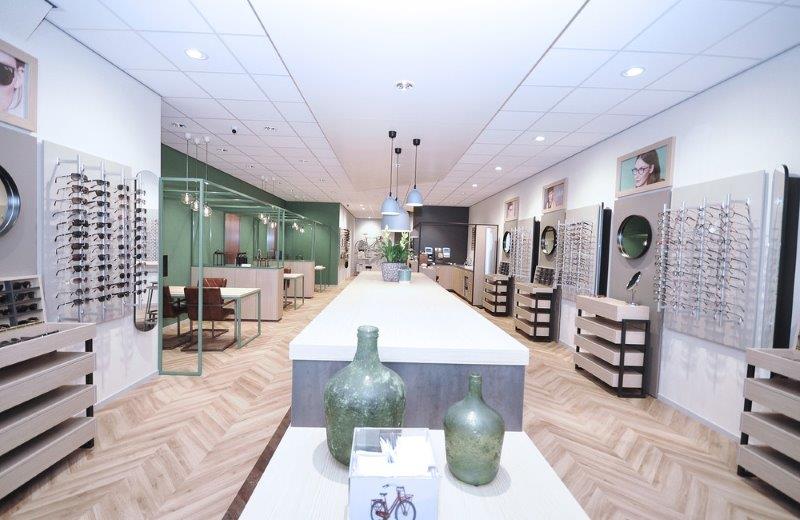
Showing how it can be done: Carriere Optiek, Netherlands
6. Privacy. A lot of opticians I have been to have large open spaces where the glasses are displayed. This can be great, but don’t forget that not everyone wants to try glasses on in such an open space, especially if it’s their first pair of glasses they are trying on. They may feel self-conscious and exposed, with other people looking at them, when they are trying to explore their new world of glasses.
These are just some of the things I used to feel as a customer. So, what is my conclusion? Explain. Explain absolutely everything. Always assume a customer knows nothing about the world of the glasses. Explain their face shape, the lenses and how these may impact their frame choice.
If your customer has a -14 prescription, you may as well not bother showing them large frames because you know the lenses will likely look ridiculous, even with thinner lenses. At least if you tell your customers this, they can make an informed decision on whether they want lenses that will look very thick from the sides.
Regarding different nose fittings, please don’t say anything that makes your customer feel self-conscious about their nose. You just need to say, ‘this frame may be better fitting for your face shape’ or ‘try this and this to see how you feel with the two different nose fittings’. That way, you are giving them a comparison, not an insult. Your customer will not want to wear ill-fitting glasses, as well as being uncomfortable, they will tend to be unflattering. This is not a desirable combination if you want to make your customer feel beautiful in their specs.
Also important is the atmosphere you create within your store. Take your customer to a private corner or, even better, to a consultation area. It will make them feel more relaxed. They can try a range of glasses on without the worry of other people looking on. They can hold a mirror up close to see what they really look like, without the worry of walking into rows of glasses. If you want to go one step further, and it’s suitable, offer them some contact lenses to use when trying on the glasses so they can clearly see what they look like.
Finally, I find how you display glasses is crucial. Putting them in colour order is easy on the eye and easy for customers to navigate. People are drawn to colours and, this way, they head towards their favourite colour straight away. For many consumers, colour is more important than style.
If you give your customer the benefit of a full consultation, it will reduce the chances of creating an unhappy glasses wearer and help turn them into a lifelong customer. Service is everything.
Siu-Yin Shing is a Hong Kong-born eyewear blogger based in the UK.









